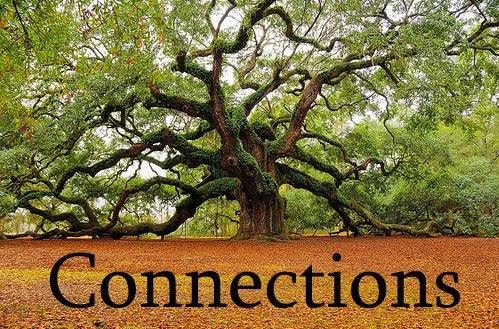A wonderful quote by gifted LDS author and researcher, Karen Boren:
And he shall take the two goats, and present them before the LORD at the door of the tabernacle of the congregation. And Aaron shall cast lots upon the two goats; one lot for the LORD, and the other lot for the scapegoat. And Aaron shall bring the goat upon which the LORD'S lot fell, and offer him for a sin offering. But the goat, on which the lot fell to be the scapegoat, shall be presented alive before the LORD, to make an atonement with him, and to let him go for a scapegoat into the wilderness. Leviticus 16:7-10
The special service for atonement and forgiveness is described in Abarbanel’s commentary where he writes there were two goats “for a sin offering, belonging communally to the nation, one of which was sacrificed and one of which was sent to Azazel, the wilderness.”
Before the scapegoat (and that’s just exactly where this term came from) was sent out to die (carrying the sins of Israel), scarlet wool was tied to the goat’s horns and also to the door of the sanctuary. Abarbanel writes of this scarlet wool tied to the goat’s head and notes that rather than the door of the sanctuary, the wool was tied to the temple gate from which the goat is sent out. Regardless of which door or gate it was on, this scarlet wool was key to Israel knowing if their sins had been forgiven them for that year.
In the Mishnah (Yoma 6, 8) it says: They said to him – to the High Priest – “The he-goat has reached the wilderness.” And whence did they know that the he-goat had arrived at the wilderness? — They used to set up sentry stations and wave with cloths, and thus they knew that the he-goat had reached the wilderness…R. Ishmael says, “And did they not have another sign?—A strip of crimson wool was tied to the door of the sanctuary and when the he-goat reached the wilderness [and was killed] the strip turned white; as it is said, ‘Though your sins be as scarlet, they shall be as white as the snow.’”
(Boren, Karen, Messiah of the Winepress Christ and the Red Heifer, Beit Parah Publishing, Provo, UT, 2002, pg 138)

Karen, just wanted to take a moment and let you know how much I LOVED your book that was referenced above. Truly loved it - thank you. I consider it a "must read" along with Donna's "Beloved Bridegroom". I hope you both write more books!
ReplyDeleteThe red-to-white imagery referenced is one of my favorite parts, and it's really opened my eyes to how many things follow this same pattern in nature as well as spiritually.
Your reference in the Misnah with the miracle of the strip turning white was absolutely fascinating, something I've never come across before. Thank you both for all of your research and willingness to share!